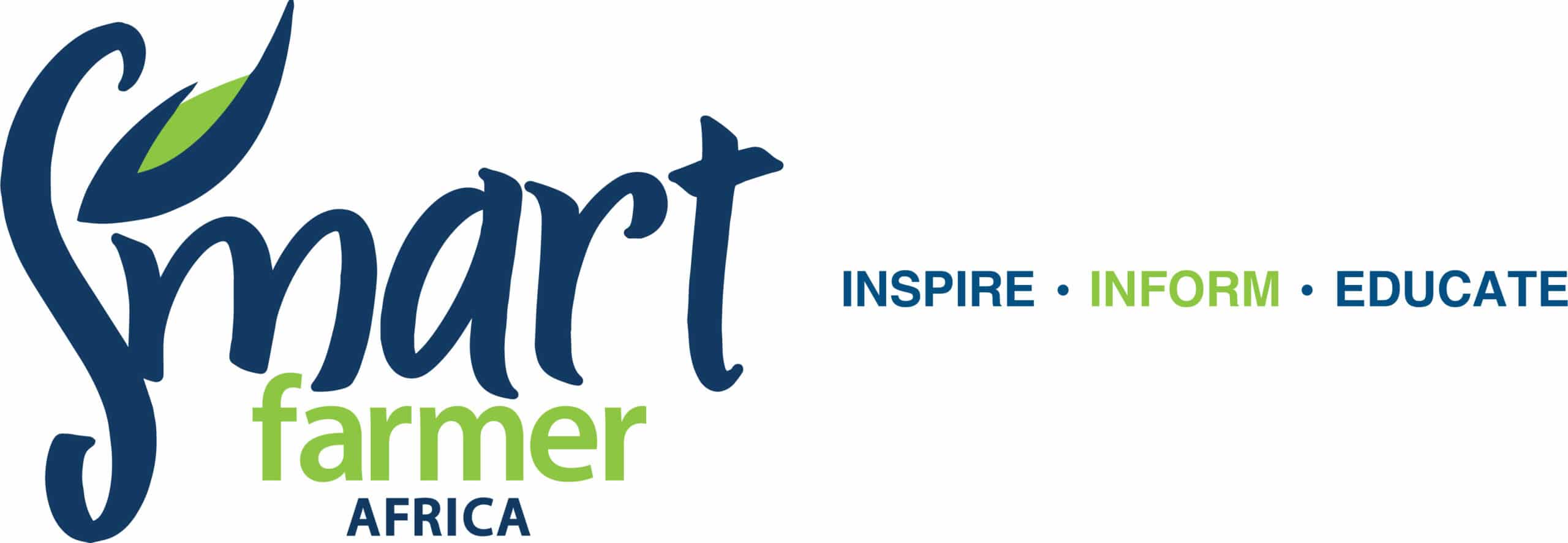El Nino rains to bring relief to drought-hit East Africa: FAO report
By Mwangi Mumero
Kenya and other East African nations are likely to experience El Nino rains during September -November season, a relief to the dry conditions that have affected the region in the last four year, a report by FAO’s Global Information and Early Warning Systems, now says.
Policy makers however need to prepare for this phenomenon which may also come with its share of calamities through flooding and increased water-borne diseases.
East Africa has experienced the worst drought conditions in 40 years and the arrival of El Nino rains may replenish pastureland and farmlands across the region, according to FAO.
Given the most recent forecasts that have raised the likelihood of an El Niño event occurring from June onwards, FAO is already setting in motion initial preparations to support affected countries.
“Forecasts at this point are clear but inevitably can only be put forth with low confidence due to their low power during the May-June-July period,” explained Oscar Rojas, FAO Agrometeorologist.
El Niño events typically occurs every two to seven years, with La Niña episodes and neutral conditions filling the years in-between.
A major El Nino phenomenon affected in the 1997/98 season increasing food production but also leaving deaths and destruction in its wake.
Regions that are considered food insecure harvested huge number of grains during the rains that spanned three seasons.
Catalysed by a warming of Pacific Ocean waters, El Niño has a major influence on temperature and precipitation patterns over many parts of the world, driving extreme weather events including drought, flooding, and storms.
According to FAO typical El Nino patterns enhance predictable regional consequences.
FAO’s approach has been to map changes in vegetation conditions across the globe’s croplands and combine this analysis with crop calendars to better understand how rainfall deficits may affect production – the effects of water stress vary throughout a crop’s life cycle.
“Early warnings mean that we have to take early and anticipatory action, and we will support our members in these efforts, to the full extent resources allow,” said Rein Paulsen, head of FAO’s office for emergencies and resilience.
While East Africa may experience increased rainfall, FAO has developed anticipatory action protocols for drought in Burkina Faso, Chad, Niger, southern Madagascar, Malawi and Zimbabwe.
Australia, Brazil and South Africa, all major cereal producers, and exporters, are among the countries at risk of dry conditions, as are a host of other countries in Central and West Africa, Southeast Asia and the Caribbean.
Northern areas of South America are also at risk to potential dryness, while Australia normally experiences suppressed rainfall, FAO notes in its report.


